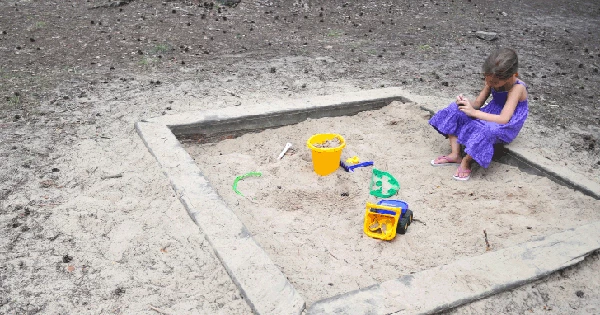Sandboxes May Not Be Much Fun for Your Network

Trustwave Research Reveals Cybersecurity Risks Threatening Patient Lives in Healthcare. Learn More
Get access to immediate incident response assistance.
Get access to immediate incident response assistance.
Trustwave Research Reveals Cybersecurity Risks Threatening Patient Lives in Healthcare. Learn More

While products that implement sandboxing techniques can detect zero-day malware, targeted attacks and advanced persistent threats, they come with one string attached - an end-user gets infected. The products let the malware infect at least one user and then essentially notify the company: "You've been breached. Now let us clean up the mess."
Sandboxing technology takes the web pages and files that a user tries to download and runs them in an "emulated" environment on the server. To avoid end-users waiting minutes for every page to be inspected before they get to see it, the sandbox products let the web pages through while they are getting inspected. If a page is malicious, the user may get infected. Once the sandbox finally determines that the page was malicious, the system will notify the user's IT security department. However, during that time, the infected machine may be infecting other machines on the business's network. The first machine and the others that may have been compromised also may then try to download additional malware, which the sandbox may or may not detect.
To block future malware attacks, after the first user is infected, the sandbox technology tries to come up with a way to identify that malware the next time it sees it. However, malware authors have become very good at writing code that evades recognition. Malware can be dynamically recompiled, spread across different parts of a web page and obfuscated in any number of ways. The second time the malware attacks a particular system, it may not look anything like it did the first time. And, again, the sandbox will let it infect at least the first user's machine.
Some businesses that use sandbox technology take comfort in the idea that another business will get infected first, that malware will get identified and then they will get the protection from being part of a larger network. The problem with that mindset is that an increasing amount of malware is targeted. That means it is written to attack users at a specific business, not someone else. Any reliance on a bigger community to have someone else infected first makes no difference if the bad guys code an attack just for you.
While sandboxing technology does catch a significant amount of malware attacks, its success is at the expense of at least one user's machine getting infected. That's why businesses should consider anti-malware defenses that analyze and block malware in real-time, while the web page is online, so that no one gets infected. That kind of protection can detect zero-day malware, targeted attacks and advanced persistent threats, - with no strings attached.
Steve Brunetto is director of product management at Trustwave.
Trustwave is a globally recognized cybersecurity leader that reduces cyber risk and fortifies organizations against disruptive and damaging cyber threats. Our comprehensive offensive and defensive cybersecurity portfolio detects what others cannot, responds with greater speed and effectiveness, optimizes client investment, and improves security resilience. Learn more about us.
Copyright © 2025 Trustwave Holdings, Inc. All rights reserved.